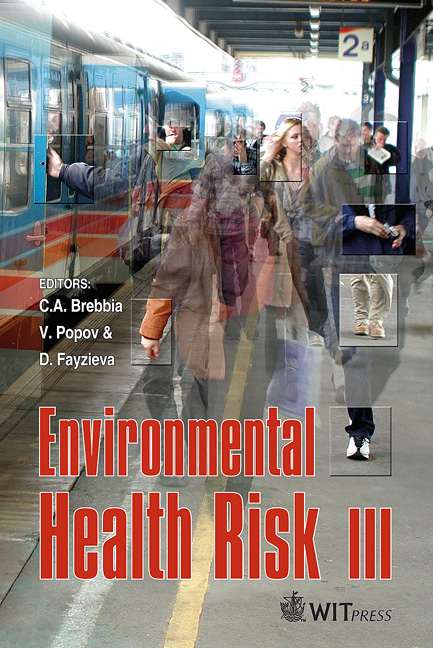Radiological Risks In The Construction And Operation Of Alpine Tunnels
Price
Free (open access)
Transaction
Volume
9
Pages
7
Published
2005
Size
300 kb
Paper DOI
10.2495/EHR050151
Copyright
WIT Press
Author(s)
M. De Salve, M. Esposito, P. Gozzelino & M. E. Parisi
Abstract
The construction of long tunnels for railway transport poses the problem of the evaluation of the environmental impact and the reduction and prevention of risks for the workers and for the population. Important risks are connected with the presence of natural ionizing radiation produced by radionuclides such as Uranium, Thorium, Radon and their daughters. The main pathway of the workers exposure includes both external and internal irradiation risks. LTF (Lyon Turin Ferroviaire SAS) has performed a predictive evaluation of the radiological risk from the analysis of litotypes found during the boreholes. This work is connected with the project for the railway connection between Turin-Lyon and is carried out with the collaboration of Turin Polytechnic, LTF SAS and the U-series laboratory in Bologna. The purpose of this study is the acquisition of the information and data necessary for the evaluation of the radiological risk in the region affected by the works for the railway connection, with particular attention to the areas with workers and/or local people. The results obtained allow us to classify the litotypes for the disposal, to estimate the radioactivity sources, considering the permeation properties, and to carry out an analysis of the correlation between radioactivity concentrations in the litotypes and the water sources influenced by the digging. Keywords: radiological risk, external irradiation, Uranium, Thorium, Radium and Potassium-40. 1 Introduction The Italian territory is bordered in the north by a chain of Alps which needs to be crossed in order to reach other European countries. Therefore, the studies
Keywords
radiological risk, external irradiation, Uranium, Thorium, Radium and Potassium-40.





